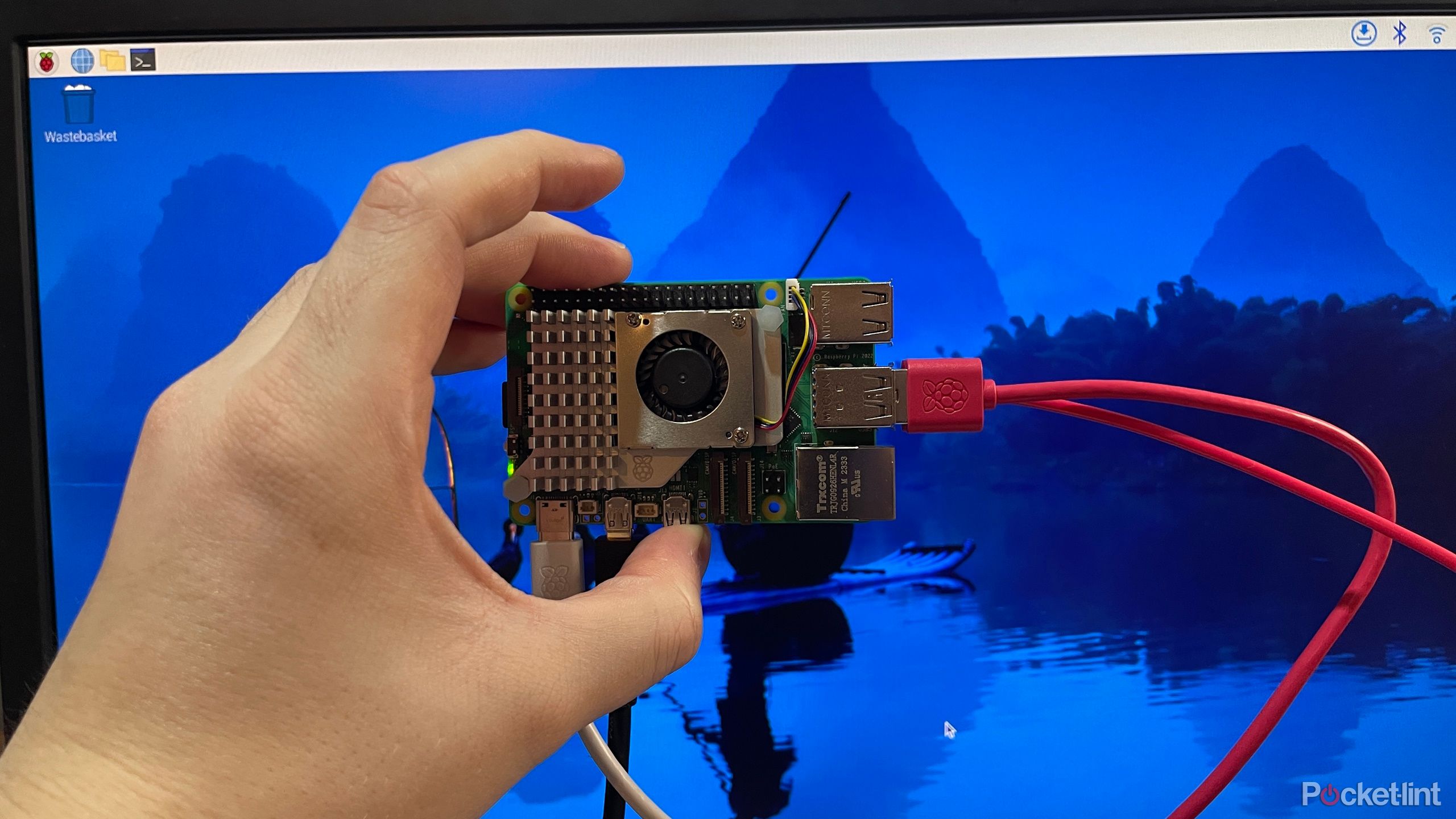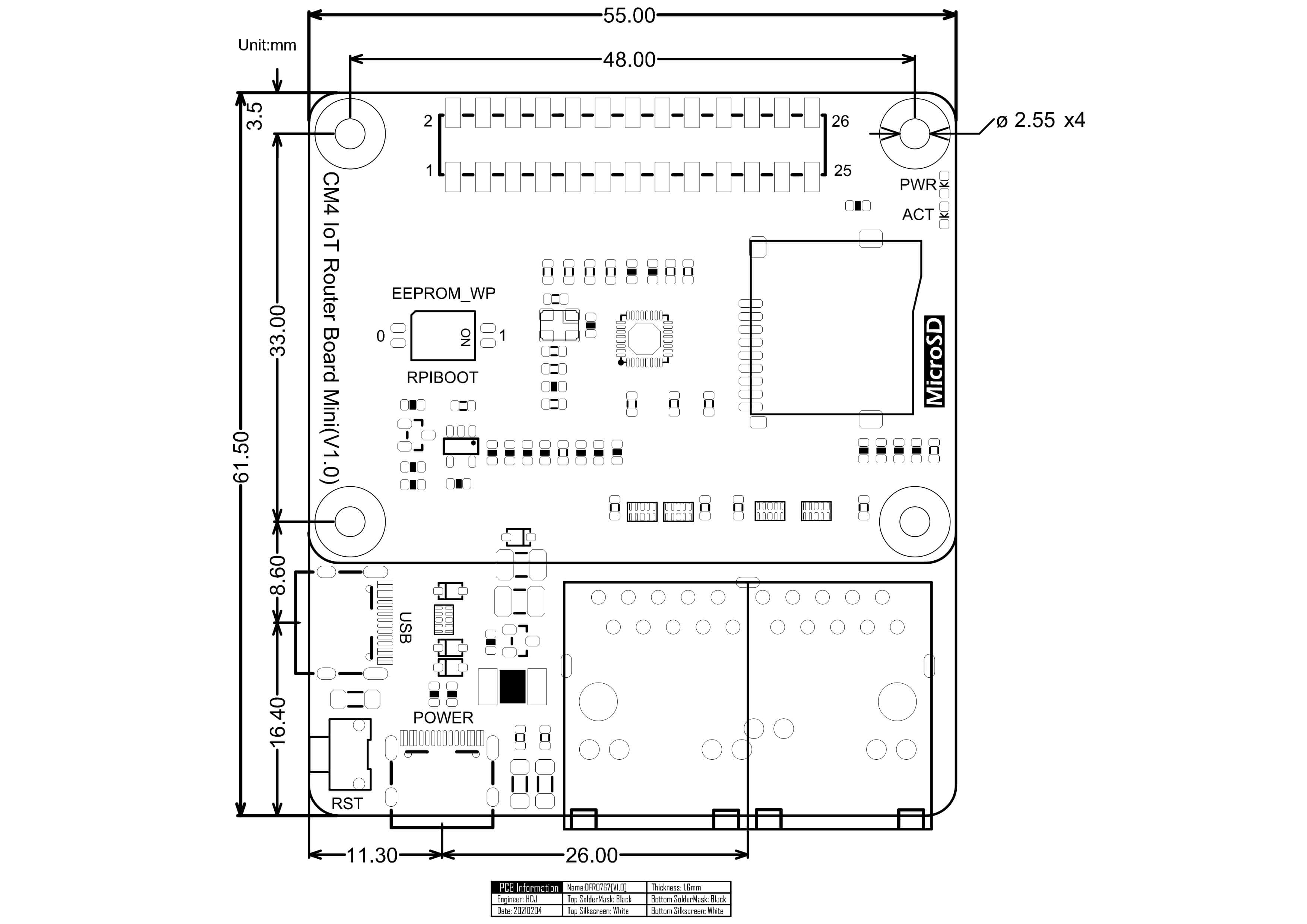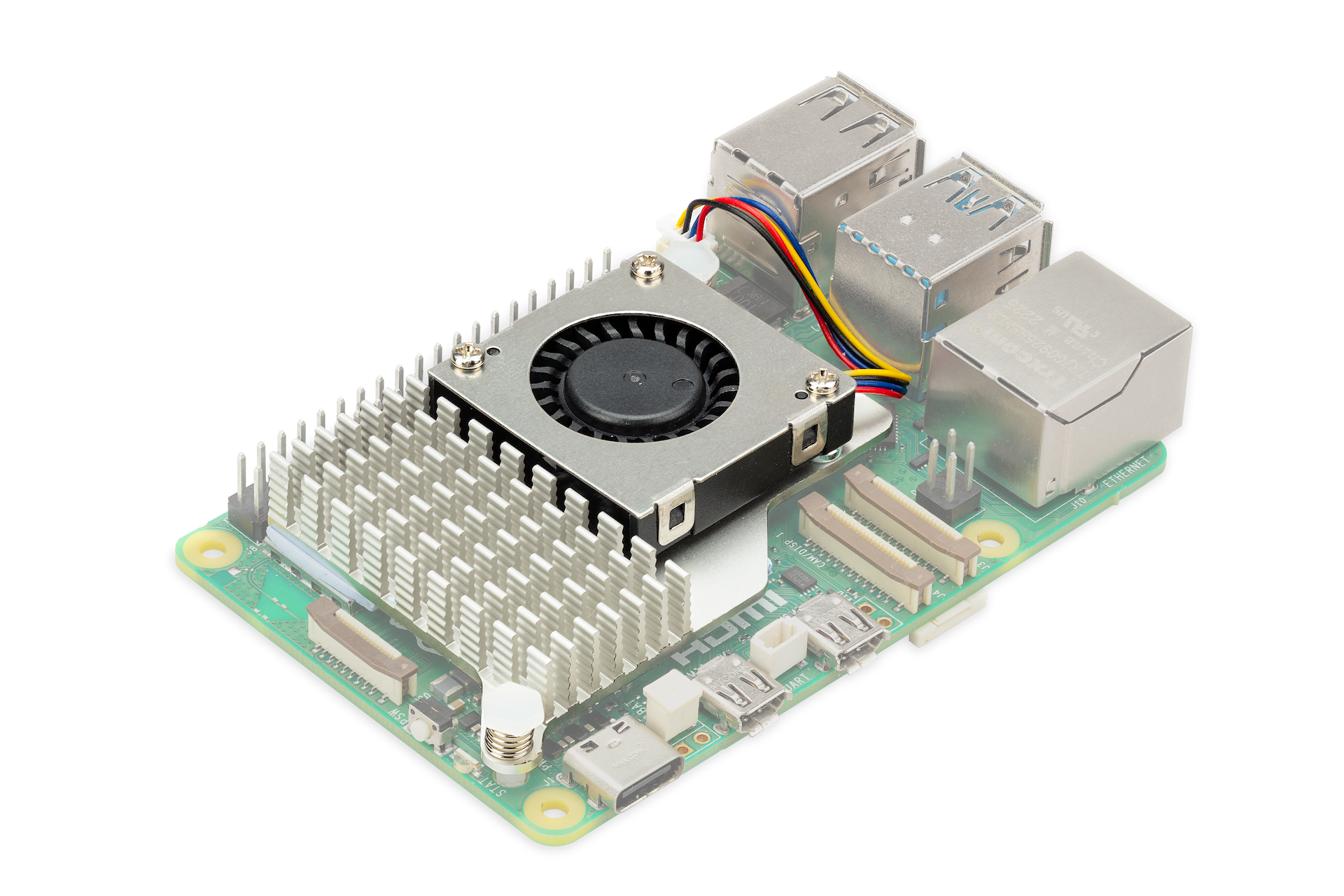Best Remote IoT For Raspberry Pi: Setup & Access Behind Router
Are you ready to unlock the full potential of your Raspberry Pi and revolutionize your remote IoT operations? Setting up your Raspberry Pi for seamless remote access behind a router is not just a convenience; it's a game-changer for any IoT project, whether you're a seasoned developer or a curious hobbyist.
This article delves into the intricacies of configuring your Raspberry Pi for remote IoT applications, a task that often feels complex. We'll navigate the best practices, the must-have tools, and the smart strategies to get your Raspberry Pi communicating effortlessly with the outside world, regardless of your network setup. From the fundamentals of port forwarding to the advanced capabilities of services like ngrok and reverse SSH tunnels, this guide provides a comprehensive roadmap. The goal? To empower you to build secure, efficient, and scalable IoT systems.
For those looking to understand the specifics of remote access, here's a breakdown of key benefits:
- 2025 Telugu Movies Watch Trailers News More
- Movie News Reviews Bollywood Tollywood More Find On Justwatch
- Control and Monitoring from Anywhere: With remote access, you can oversee and manage your IoT devices from virtually any location.
- Cost-Effective Hub: Setting up a Raspberry Pi as your IoT hub behind your router is often a smart economic decision.
- Unlocking Potential: This guide provides the knowledge to tap into your Raspberry Pi's full abilities, ensuring secure and accessible control.
- Comprehensive Guidance: From grasping the basics of IoT to strengthening your network's security, this guide offers all the necessary insights.
- Efficiency and Scalability: Learn how to design setups that are not only efficient but also capable of scaling with your project.
- Time and Cost Savings: The correct remote IoT setup can save you considerable time, money, and headaches.
Let's break down the best remote IoT behind router setup for your Raspberry Pi in simple steps:
Heres a quick look at the core elements we will be covering:
- Port Forwarding: This is your gateway to external access.
- Dynamic DNS: How to connect even if your IP address changes.
- VPN Solutions: The secure tunnel for your data.
- ngrok and SSH tunnels: Leveraging advanced tools.
- Security Best Practices: Keeping your system safe.
| Topic | Details |
|---|---|
| Purpose | Configure a Raspberry Pi for remote access and control of IoT devices. |
| Key Technologies | Raspberry Pi 4, Raspberry Pi 3, Raspberry Pi Zero, Port Forwarding, Dynamic DNS, VPN Solutions, ngrok, SSH Tunnels. |
| Target Audience | Hobbyists, students, professionals, and anyone involved in IoT projects. |
| Use Cases | Home automation, remote monitoring, industrial IoT, experimental projects. |
| Benefits | Remote control, monitoring from any location, economic advantages, enhanced project efficiency, scalability, time and cost savings. |
One of the most critical aspects of setting up remote access is understanding and configuring port forwarding. Port forwarding directs incoming network traffic from your router to a specific device, such as your Raspberry Pi, within your local network. Its like creating a direct path for data to reach your Pi, which is essential for applications where you need to access services running on the device from outside your home network.
Heres a simplified breakdown of the process:
- Access Your Routers Configuration: Typically, this is done by typing your routers IP address (like 192.168.1.1 or 192.168.0.1) into your web browser. Youll need your routers username and password.
- Find the Port Forwarding Section: This section might be labeled as Port Forwarding, Virtual Servers, or something similar. The exact location varies based on your router model.
- Enter the Necessary Information:
- Service Name: A name to help you remember the rule (e.g., "SSH Access," "Web Server").
- Protocol: Usually TCP, UDP, or both (TCP is common for SSH and HTTP/HTTPS).
- External Port: The port you want to access from outside your network (e.g., 22 for SSH, 80 for HTTP, 443 for HTTPS).
- Internal Port: The port your Raspberry Pi is listening on (e.g., 22 for SSH, 80 for HTTP, 443 for HTTPS). Typically, this matches the external port.
- Internal IP Address: The local IP address of your Raspberry Pi on your network (e.g., 192.168.1.100). You can often find this in your router's DHCP client list or by using the `ifconfig` command on your Raspberry Pi.
- Save Your Configuration: Apply the settings. Your router will save the new port forwarding rule.
After setting up port forwarding, it's a good idea to test it to make sure everything is working correctly. There are several online port checking tools that you can use to verify that the port youve forwarded is open and accessible from the internet. These tools will connect to your public IP address and attempt to connect to the specified port. If the connection is successful, it means your port forwarding is working as expected.
Consider your router's firewall settings. Some routers have advanced firewall configurations that might block incoming connections even after you've set up port forwarding. Ensure that your router's firewall allows traffic on the ports you've forwarded. Additionally, regularly check your port forwarding rules to ensure they are still active, especially after router firmware updates, which sometimes reset or alter your configurations.
A crucial consideration when setting up remote access to your Raspberry Pi is its security. The internet is full of threats, and its vital to take steps to protect your device and network. Here are key security practices:
- Change Default Passwords: The very first thing you should do is change the default username and password for your Raspberry Pi (the default is usually pi and raspberry). This is a simple step, but it significantly reduces the risk of unauthorized access.
- Use Strong Passwords: Create strong, unique passwords that are long and complex, incorporating a mix of uppercase and lowercase letters, numbers, and special characters.
- Keep Your Software Updated: Regularly update your Raspberry Pis operating system (Raspberry Pi OS) and all installed software packages. Updates often include security patches that fix vulnerabilities. Use the command `sudo apt update && sudo apt upgrade` regularly.
- Configure a Firewall: Set up a firewall on your Raspberry Pi to control incoming and outgoing network traffic. UFW (Uncomplicated Firewall) is a user-friendly option that can be easily managed through the command line.
- Disable Unnecessary Services: Disable any services that you dont need. The fewer services running on your Pi, the smaller the attack surface. This includes disabling services like the SSH server if youre not using them, or restricting SSH access to specific IP addresses.
- Use SSH Keys Instead of Passwords: For SSH access, consider using SSH keys. This is a more secure method than password-based authentication.
- Monitor Your Network: Implement network monitoring tools to detect suspicious activity. This could involve setting up intrusion detection systems (IDS) that alert you to potentially malicious behaviors.
- Regularly Back Up Your Data: Create regular backups of important data. In case of a security breach, you can restore your system to a known good state.
Beyond these basic security practices, there are some more advanced measures you can take:
- Two-Factor Authentication (2FA): Enable 2FA wherever possible, especially for critical services like SSH.
- Network Segmentation: If you have multiple devices on your network, consider separating your IoT devices into their own network segment to limit potential damage from a security breach.
- VPN Usage: Use a VPN (Virtual Private Network) for secure remote access. VPNs encrypt your internet traffic and mask your IP address.
Dynamic DNS (DDNS) services solve the problem of dynamic IP addresses. When your home internet IP address changes, your remote connection can break. DDNS services provide a stable hostname that always points to your current IP address.
Heres how DDNS works:
- Sign Up for a DDNS Service: Popular providers include No-IP, Duck DNS, and DynDNS. Many offer free plans with basic features.
- Install a DDNS Client on Your Raspberry Pi: Most DDNS providers offer client software that runs on your Raspberry Pi. This software automatically updates your hostname with your current IP address.
- Configure the DDNS Client: The configuration involves entering your DDNS service account credentials (username and password) and specifying the hostname youve chosen.
- Configure Port Forwarding: Just like before, you'll need to configure port forwarding on your router, but now you'll point it to your DDNS hostname rather than a static IP address.
- Access Your Raspberry Pi Remotely: Use your DDNS hostname (e.g., myraspberrypi.duckdns.org) instead of your IP address to connect to your Raspberry Pi.
Lets explore free tools for remote IoT management on Raspberry Pi, each designed to simplify the management and accessibility of your device:
| Tool | Description | Key Features |
|---|---|---|
| ngrok | A popular tool for creating secure tunnels to your local development environment, making your Raspberry Pi accessible from the internet without complex port forwarding. |
|
| Remote.it | A remote access solution that enables secure connections to devices behind firewalls and NAT (Network Address Translation). |
|
| Tailscale | A mesh VPN that simplifies connecting to devices and networks, offering end-to-end encrypted connections and a simple setup. |
|
| VNC Connect | A remote access software that allows users to remotely control and manage computers and devices from anywhere in the world. |
|
The Raspberry Pi 4 is the most powerful option, making it ideal for complex IoT projects. Its increased processing power, RAM, and connectivity options make it a versatile choice.
If youre just starting out, a good place to begin is to understand the basics.
With the increasing popularity of IoT (internet of things), using Raspberry Pi as a remote IoT device has become a popular choice for hobbyists and professionals alike. However, setting up a Raspberry Pi securely behind a router can be challenging for beginners.
To make your Raspberry Pi accessible remotely, a Virtual Private Network (VPN) is a very viable option. A VPN simplifies access and encrypts your traffic.
Article Recommendations
- Movie News Reviews Bollywood Tollywood More Find On Justwatch
- 2025 Movie Guide Watch Online Reviews More Movierulz Beyond



Detail Author:
- Name : Miss Tyra Quitzon
- Username : general.senger
- Email : aiyana.pacocha@krajcik.com
- Birthdate : 1989-08-02
- Address : 9164 O'Kon Motorway Alethahaven, MT 07870-1168
- Phone : +1-513-650-9062
- Company : Harber, Weber and Block
- Job : Fence Erector
- Bio : Dolor sint libero sint qui repellendus sit. Eos provident nisi repellat. Minus consequatur nesciunt dolores adipisci.
Socials
tiktok:
- url : https://tiktok.com/@gregoria_barton
- username : gregoria_barton
- bio : Provident iste ipsa aut eveniet facere laborum.
- followers : 3043
- following : 2882
twitter:
- url : https://twitter.com/gregoria_barton
- username : gregoria_barton
- bio : Impedit et veniam dolorum quisquam distinctio sed. Voluptas sint velit quis sequi. Dolor aut impedit iusto corrupti totam.
- followers : 5581
- following : 91
facebook:
- url : https://facebook.com/gregoria.barton
- username : gregoria.barton
- bio : Doloribus quo nulla recusandae maiores. Unde quo iste qui quam vel magnam.
- followers : 5270
- following : 2140
linkedin:
- url : https://linkedin.com/in/gregoria7466
- username : gregoria7466
- bio : Est culpa est facere natus officiis ut.
- followers : 1003
- following : 409
instagram:
- url : https://instagram.com/gregoria_dev
- username : gregoria_dev
- bio : Dolores nemo quisquam deleniti dignissimos nostrum. Itaque consectetur placeat aut quas.
- followers : 534
- following : 155